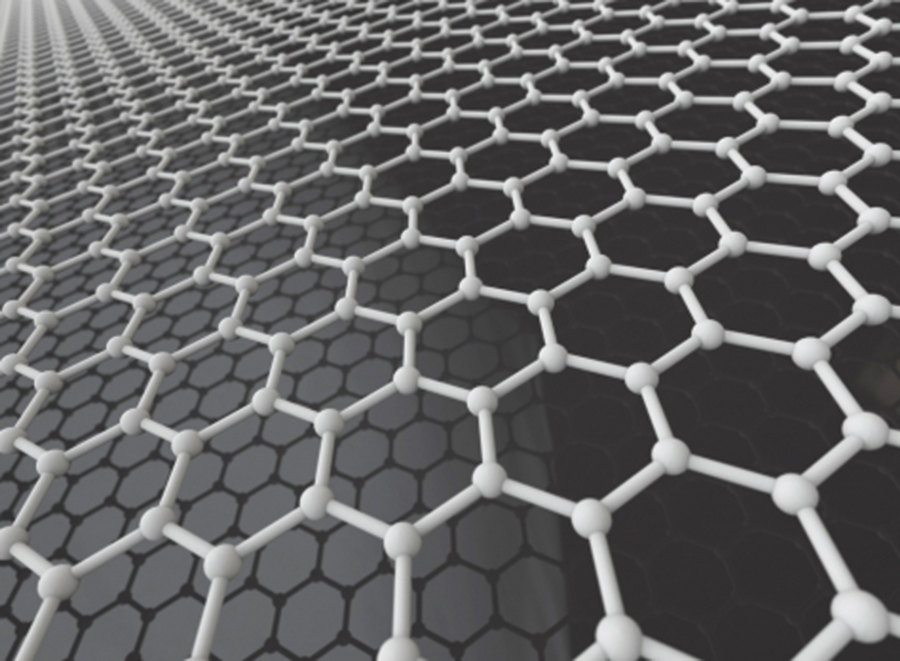
Professor Craig Banks, from Manchester Metropolitan University, is leading a new project to develop a desktop printer to create batteries, supercapacitors and energy storage devices for phones, tablets and solar, wind and wave power storage. Researchers are analyzing new techniques for rapid 3D printing with conductive graphene ink to create the batteries, funded from the EPSRC. By incorporating graphene ink and creating novel 3D structures, it should increase the charge storage of batteries to meet possible future demands.
Professor Banks, Associate Dean for Research and Professor in Electrochemical and Nanotechnology, said, “Energy storage systems (ESS) are critical to address climate change and, as clean energy is generated through a variety of ways, an efficient way to store this energy is required. Lithium and sodium ion batteries and super/ultracapacitors are promising approaches to achieve this. This project will be utilizing the reported benefits of graphene, it is more conductive than metal, and applying these into ESS.”
“In addition to the choice of material, the overall architecture of ESS are of critical importance,” said Banks. “The architecture of ESS can be improved through the use of 3D structures, which have high surface areas, good electrical properties and hierarchical pore structures/porous channels. We’re trying to achieve a conductive ink that blends the fantastic properties of graphene with the ease of use of 3D printing to be manipulated into a structure that’s beneficial for batteries and supercapacitors.”
Current techniques use ‘semi-graphene’ inks that contain graphene but also carbon black and graphite, thus reducing the material’s performance. The process of 3D printing also needs to be refined as each layer that is printed has to be cured an hour before another layer can applied.
“We need to figure out a way to cure it directly, possibly by shining a UV light on to it, as anything above a micron level takes a long time,” said Banks. “Ideally, we could have the brilliant scenario where you just plug in and go – printing whatever structure you want out of graphene from a machine on your desk.”
The project runs for three and a half years. Graphene was discovered at the University of Manchester in 2004. It is 200 times stronger than steel and is a highly efficient conductor of heat and energy.







